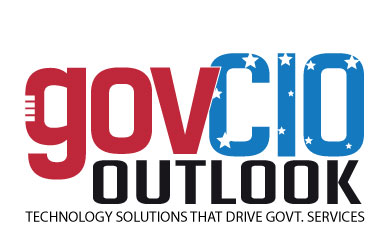Welcome back to this new edition of Gov CIO Outlook !!!✖
OCTOBER 2024 9GOVERNMENT CIO OUTLOOKSecond, document the current process. You can't improve a process if you don't know what the process looks like today. You can't fix problems if you don't know where they are. There are three reasons something happens in your process:· Legal reasons--state, local and federal laws, ordinances and regulations--must be considered. You have to meet the requirements, but that doesn't mean you can't improve the process to get there. · Practical reasons--sometimes, there are legitimate reasons something is done the way it is. It may be how systems interact with each other; it may have something to do with what has to happen in the background to achieve compliance with the legal reasons. Just like with legal reasons, you may still have to produce a particular result, but that doesn't mean you can't improve how that happens.· "We've always done it this way" reasons--these are ripe for the picking. When I hear this rationale, I immediately ask, "But why have we always done it that way?" The answer to this question will determine whether a change can/could/should be made at this step. Hint: this is where real change can happen most of the time.Third, define what success looks like. More than anything else, you need to document the "ideal" process. As you look at your current process map, you'll find areas that can be fixed. You'll find questions you need to answer, things that can't change and others that must change. This new go-forward process will allow you to define success and then build the method that best provides the opportunity to achieve that success. Fourth, leverage the experts--internally and externally. Undoubtedly, you have experts in-house who should engage in this process. The vendor you chose (hopefully more of a partner than a vendor) will also have experts on their team. These experts will have helped other organizations leverage their new system to succeed, much like what you want. Listen to them. Use as much of their system out of the box as possible. Look for ways to leverage the new system as much as possible to achieve your goals. Try to avoid massive amounts of customization right out of the gate. Why? Inevitably, that recreates your current process, warts and all, on new systems. Ultimately, a new system is a massive opportunity to become more efficient and effective. So, if you want to benefit from the change around us, don't buy a new system and force it to work the way you've always worked. That will result in more frustration--you'll have the same problems you've always had but on new, unfamiliar screens. You will have spent much money to do what you've always done. That new system is an opportunity to improve. Please take it. You'll thank yourself later. A new system is a massive opportunity to become more efficient and effective. Don't buy a new system and force it to work the way you've always worked
< Page 8 | Page 10 >
< Page 8 | Page 10 >
